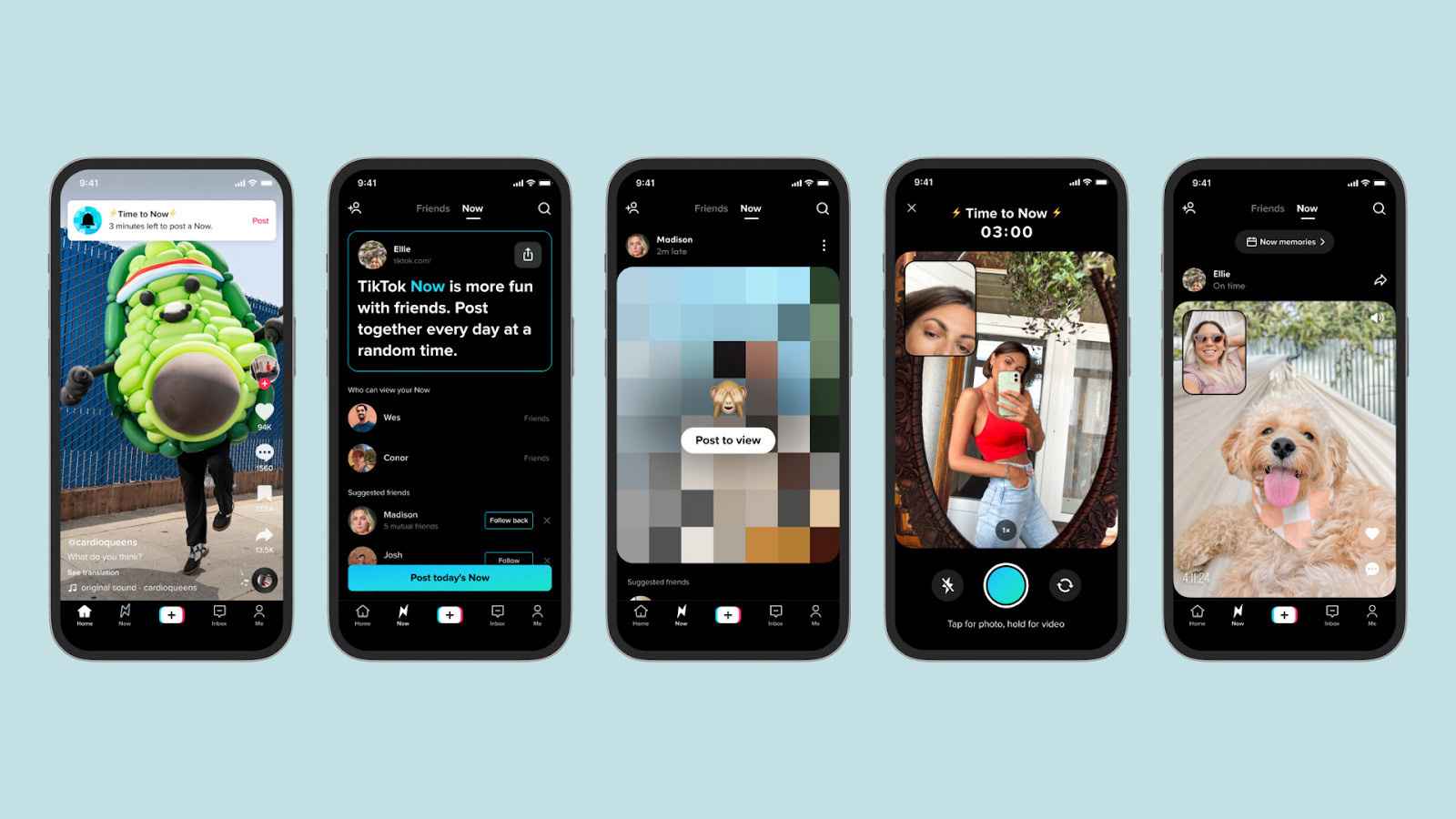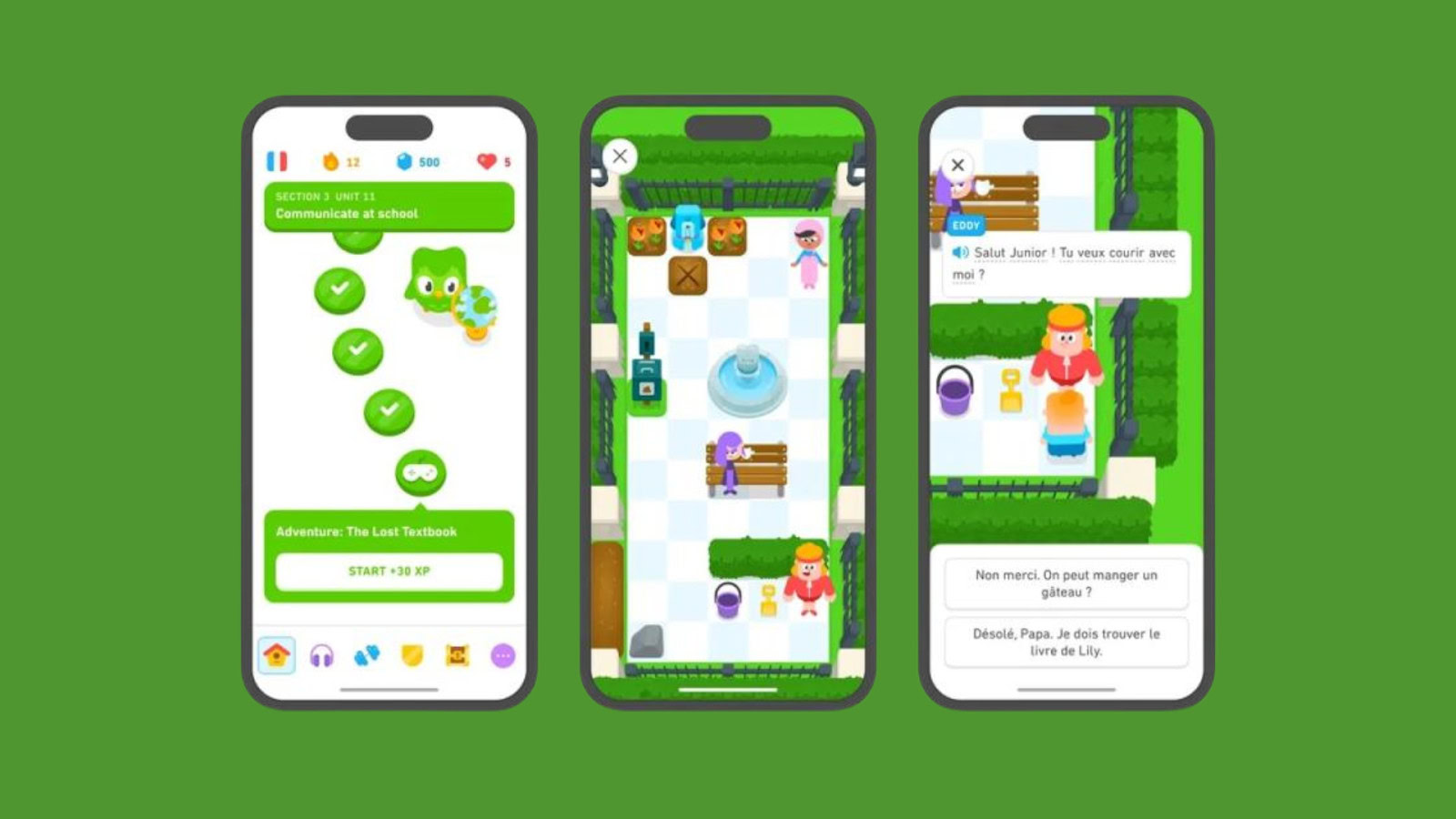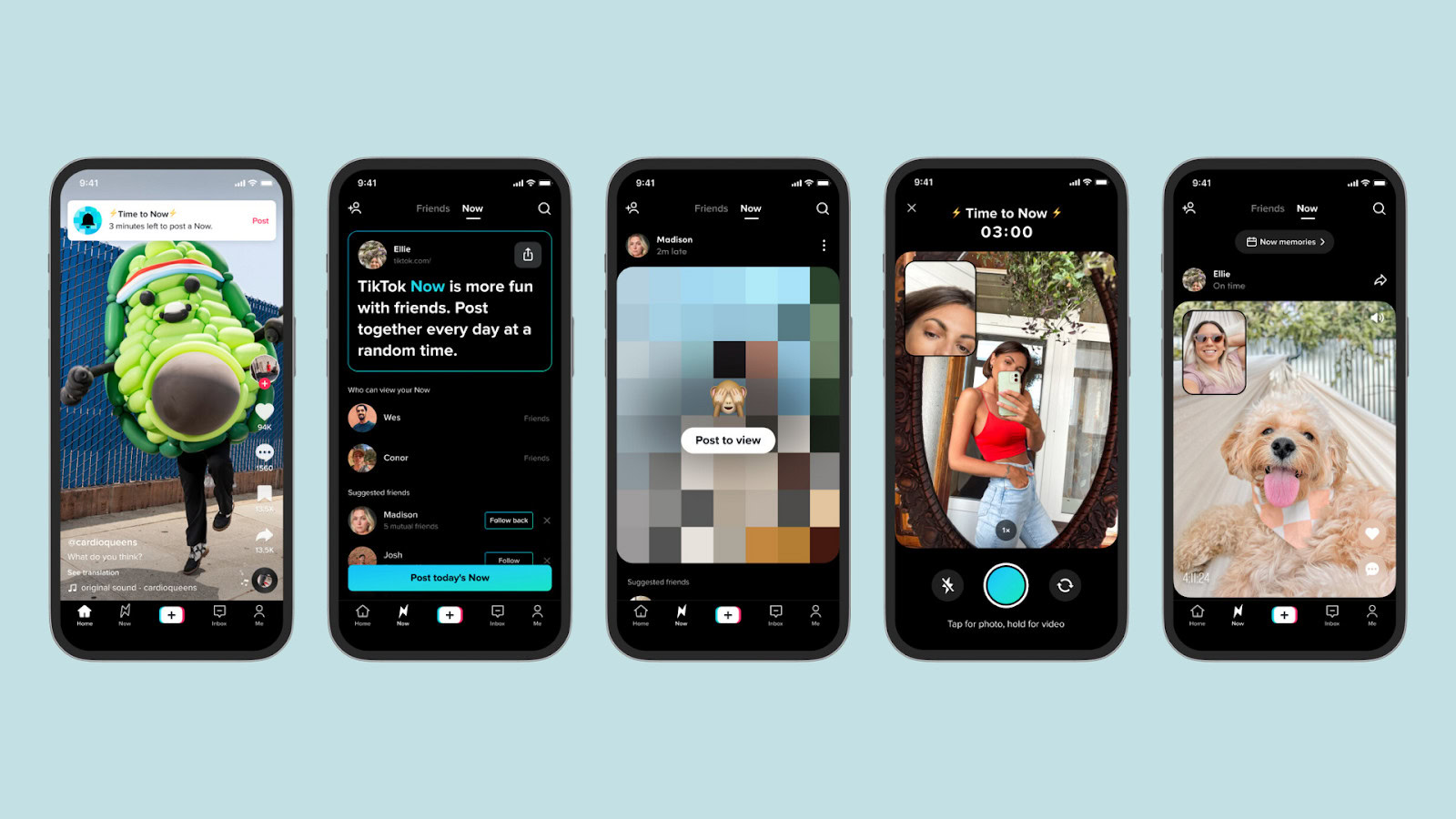
Designing UX for Younger Generations: Strategies to Create Engaging User Experiences

Designing UX for Younger Generations is both a challenge and an opportunity for modern designers. These digital natives, encompassing Generation Z (Gen Z) and Generation Alpha, have grown up in a world dominated by touchscreens, voice assistants, and immersive online environments. They demand more than functionality—they seek intuitive, visually stunning, and hyper-personalized experiences that align with their fast-paced, tech-savvy lifestyles.
In this blog, we delve into strategies and principles for designing UX for younger generations, ensuring that your digital experiences captivate, engage, and resonate with these dynamic audiences.
Table of Contents
Who Are the Younger Generations?
Before diving into design strategies, it’s crucial to understand who these younger generations are and how their behaviors shape their digital interactions. Gen Z and Generation Alpha are unique in their digital habits, preferences, and expectations, creating new challenges and opportunities for UX design.
Gen Z (born 1997-2012) and Generation Alpha (born 2013-2025) are distinct in their interactions with technology, shaped by their respective digital landscapes:
Gen Z
This generation experienced the evolution of the internet, growing up during the rise of social media platforms like Facebook, Instagram, and Snapchat. They were the first to embrace smartphones as a necessity, seamlessly managing multitasking across apps, devices, and online communities. Gen Z’s digital behaviors reflect a deep integration of technology in everyday life, from entertainment to education and activism.

Generation Alpha
Unlike Gen Z, Generation Alpha interacts with technology from an even earlier age, often before formal schooling begins. They are intuitive users of voice assistants like Alexa, augmented reality tools, and touch-based interfaces. For Generation Alpha, technology is less a tool and more an extension of their environment, making them particularly receptive to innovations like virtual reality (VR) and immersive gaming experiences.
Understanding these behaviors is vital to designing UX that keeps them engaged and aligned with their expectations.
Unique Preferences
- Visually Engaging Interfaces
Younger users are drawn to bold, dynamic designs that incorporate vibrant colors, visually rich media, and fluid animations. Static designs fail to capture their interest in an era of constant visual stimulation.
- Interactive Experiences
Gamified elements like progress bars, rewards, and interactive quizzes keep these generations motivated and entertained. They appreciate interfaces that respond to their actions, creating a sense of interactivity and immersion.
- Fast and Seamless Navigation
Short attention spans demand instantaneous responses. Streamlined navigation paths, minimal load times, and intuitive design choices are critical to retaining their focus.
- Authenticity and Personalization
Younger users are highly skeptical of generic, overly polished content. They value brands that deliver authentic interactions and enable personalized experiences, such as customizable dashboards or curated content feeds.
Principles for Better UX Design for Younger Users
With a clear understanding of who these younger generations are, let’s explore the core principles that can elevate UX design to meet their expectations. Each principle addresses a specific need or behavior that defines how younger users engage with digital platforms.

1. Simplicity and Speed
Simplicity and speed are non-negotiable for younger users. In an era where attention spans are fleeting, a cluttered interface or delays in loading times can result in immediate disengagement. Younger generations expect technology to respond instantly and intuitively, mirroring their fast-paced interactions across devices.
Actionable Strategies:
- Streamlined Navigation: Design with clarity at the forefront. Implement navigation menus that are logically organized, use universally recognizable icons, and include clear, concise calls-to-action (CTAs) that guide users toward their objectives without overwhelming them.
- Fast Loading Times: Optimize website and app performance by employing cutting-edge techniques such as image compression, lazy loading for non-critical elements, and lightweight coding frameworks. A delay of even one second can significantly increase bounce rates among younger audiences.
- Clear Onboarding: Replace lengthy onboarding processes with visually engaging tutorials or animations that succinctly explain the platform’s features. For tech-savvy users, provide the option to skip onboarding entirely to avoid redundancy.
2. Visual and Interactive Elements
Younger generations are captivated by immersive and visually stimulating experiences. Static or text-heavy designs fail to engage their multimedia-centric preferences. Instead, they gravitate toward platforms that tell stories through vibrant visuals and offer interactive engagement.
Actionable Strategies:
- Vibrant Visuals: Use bold color palettes, modern typography, and high-quality imagery to craft an engaging aesthetic. Add fluid animations and smooth transitions to create a polished, professional feel that mirrors the dynamic content they consume daily.
- Gamification: Introduce game-like elements, such as challenges, levels, or reward systems. For example, integrating progress bars, badges, and leaderboards can motivate users while fostering a sense of achievement.
- Short-form Content: Tailor content delivery to match younger users’ preferences for brevity. Use video clips, carousels, or bite-sized text blocks to mimic the rapid consumption style popularized by platforms like TikTok and Instagram.
3. Personalization and Customization
Younger users value experiences that reflect their individuality. Personalization fosters a sense of ownership and relevance, while customization empowers users to shape their digital environment to suit their preferences.
Actionable Strategies:
- User Preferences: Allow users to modify key aspects of the platform, such as themes, layouts, or notification settings. For example, a dark mode toggle is a simple yet highly appreciated feature.
- AI-driven Recommendations: Harness machine learning to analyze user behavior and suggest tailored content, products, or actions. For instance, personalized playlists or curated shopping suggestions can significantly enhance user satisfaction.
- Dynamic Content: Implement real-time updates that respond to user behavior or external factors. Examples include location-specific recommendations or content that adapts based on the time of day.
4. Social Integration
Social sharing is ingrained in the behavior of younger generations. They view digital platforms as extensions of their social identities and expect seamless tools for sharing achievements, opinions, and experiences.
Actionable Strategies:
- Sharing Features: Embed easy-to-use sharing tools that allow users to post their accomplishments, creations, or favorite content directly to social platforms like Instagram or Snapchat. Add pre-designed templates for seamless sharing.
- Collaborative Tools: Enhance engagement by providing collaborative options. For instance, allow users to co-create content, share playlists, or participate in real-time group activities, such as live streaming or collaborative gaming.
Section 3: Key Considerations for Designing UX for Younger Generations
Creating user experiences for younger generations demands more than just understanding their digital behaviors—it requires addressing the unique challenges and values that drive their decisions. From prioritizing mobile-first designs to emphasizing inclusivity, privacy, and sustainability, there are several essential considerations that designers must integrate into their workflows. By acknowledging these priorities, you can create experiences that are not only engaging but also aligned with the expectations of this tech-savvy audience.
Mobile-First Design
Younger generations, particularly Gen Z and Generation Alpha, are predominantly mobile users. For many, their first experience with the internet comes through a smartphone. A mobile-first approach ensures that platforms meet these users where they are most active.
Key Strategies:
- Thumb-friendly Navigation: Design with one-handed usability in mind. Place critical functions within the thumb zone, typically at the bottom of the screen, and leverage intuitive gestures like swipes and taps for navigation.
- Responsive Design: Ensure layouts are adaptable across various devices, from compact smartphones to tablets and laptops. This flexibility maintains a consistent user experience regardless of the device being used.
- Offline Capabilities: Introduce features that allow users to interact with content even when offline. Examples include downloadable content, offline progress tracking, or access to cached data.
Accessibility and Inclusivity
Younger generations value inclusivity and demand designs that cater to diverse needs. Accessibility ensures that users with varying abilities can enjoy seamless interactions, while inclusive design fosters a sense of belonging.
Key Strategies:
- Design for All Abilities: Adhere to WCAG (Web Content Accessibility Guidelines) standards. Features like screen reader compatibility, adjustable font sizes, and colorblind-friendly palettes are crucial for ensuring accessibility.
- Representation in Design: Reflect diversity through visuals, avatars, and scenarios. Inclusive language and design elements that resonate with a broad audience can help users feel represented and valued.
- Customizable Options: Allow users to adjust settings like contrast, font size, or audio descriptions, empowering them to tailor their experience based on personal needs.
Privacy and Trust
While younger generations are digital natives, they are also increasingly aware of the importance of privacy and ethical practices. A transparent and secure approach to data collection and usage is essential for building trust.
Key Strategies:
- Transparent Policies: Use clear and straightforward language to explain how data is collected, stored, and used. Avoid overwhelming users with lengthy terms and conditions—focus on concise summaries that highlight key points.
- Ethical Design Practices: Refrain from using manipulative design tactics, such as dark patterns, which exploit users’ behaviors to achieve certain outcomes. Instead, prioritize honesty and user autonomy.
- Granular Privacy Controls: Provide users with detailed settings to manage their data. Allow them to opt in or out of specific features, ensuring they feel in control of their online presence.
Sustainability and Social Responsibility
Younger generations are highly attuned to environmental and social issues. They gravitate toward brands and platforms that demonstrate a commitment to sustainability and ethical practices.
Key Strategies:
- Eco-conscious Design: Highlight sustainable practices, such as the use of energy-efficient servers or features that reduce resource consumption (e.g., dark mode for lower energy usage).
- Value-driven Messaging: Showcase initiatives like charitable donations, partnerships with social causes, or transparent supply chains. Authenticity is key; avoid virtue signaling or insincere efforts.
- Encourage Sustainable Behavior: Incorporate features that promote eco-friendly habits, such as paperless billing, digital receipts, or recycling reminders.
Section 4: Examples of UX Done Right for Younger Generations
To better understand how to implement these principles, let’s examine a few platforms that excel in creating UX tailored to younger generations. These examples highlight innovative approaches to engagement, personalization, and inclusivity.

TikTok
Dynamic Content: TikTok’s algorithm delivers personalized, endless content streams, keeping users engaged through AI-driven recommendations.
Intuitive Creation Tools: Its easy-to-use editing tools encourage users to create and share videos effortlessly, democratizing content creation.
Social Integration: Challenges and collaborative features, like duets, foster a sense of community and shared experiences.

Duolingo
Gamified Learning: Progress streaks, rewards, and leaderboards make learning a new language enjoyable and addictive.
Bite-sized Lessons: Lessons are designed for quick consumption, aligning with the short attention spans of younger users.
Engaging Visuals: The app’s colorful design and quirky mascot, Duo, create a playful and approachable learning environment.

Snapchat
Interactive Features: Augmented reality (AR) lenses and filters provide a fun and engaging way for users to enhance their content.
Ephemeral Content: The temporary nature of snaps aligns with younger users’ desire for privacy and spontaneity.
Social Connectivity: Features like Snapstreaks and group chats foster strong social bonds, encouraging daily interactions.
Section 5: Challenges and Solutions in Designing UX for Younger Generations
Designing for younger audiences comes with its own set of challenges. Balancing creativity with usability, staying current with trends, and avoiding overwhelming users are critical hurdles that designers must overcome.
Balancing Creativity with Usability
Challenge: Younger users are drawn to visually stunning and interactive designs, but excessive creativity can sometimes hinder usability.
Solution: Focus on a clear visual hierarchy. Use user testing to ensure that creative elements enhance rather than detract from functionality.
Staying Relevant with Trends
Challenge: Trends in technology and design evolve rapidly, particularly on platforms frequented by younger users.
Solution: Regularly monitor emerging trends through social media, competitor analysis, and user feedback. Adopt agile design processes to make iterative updates.
Engaging Without Overwhelming
Challenge: Younger users expect engaging experiences but can be easily deterred by cluttered interfaces or intrusive elements.
Solution: Use subtle prompts, micro-interactions, and minimalistic designs to guide users gently without overwhelming them. Test new features for intuitiveness before launch.
Conclusion
Designing UX for younger generations requires a thoughtful approach that addresses their unique values, preferences, and expectations. By prioritizing mobile-first designs, inclusivity, privacy, and sustainability, you can create meaningful experiences that resonate with Gen Z and Generation Alpha. Platforms like TikTok, Duolingo, and Snapchat provide valuable insights into how these principles can be effectively applied.
As trends and behaviors continue to evolve, staying adaptable and user-focused will ensure that your designs remain relevant and impactful for these dynamic audiences.
Take your company to the next level and get results with our world class user experience, interface design and implementation.
Get a FREE 30 min Strategy Session

Related posts
How to Build Your First MVP with No-Code in 2024
UX design plays a pivotal role in developing any product, especially in today’s fast-paced startup ecosystem where time, resources, and […]
No-Code Fintech Solutions: Optimizing User Experience for Mobile-First Banking Apps in 2024
The banking industry is undergoing a digital revolution, with mobile-first strategies taking center stage. As consumers increasingly rely on smartphones […]
7 Tips to Get Your UX Writing on Point
As mentioned in our previous article, UX Writing: What Is It and Why Does It Matter?, we covered the basics of […]
Creative product design that gets results
Take your company to the next level with world class user experience and interface design.
get a free strategy session



